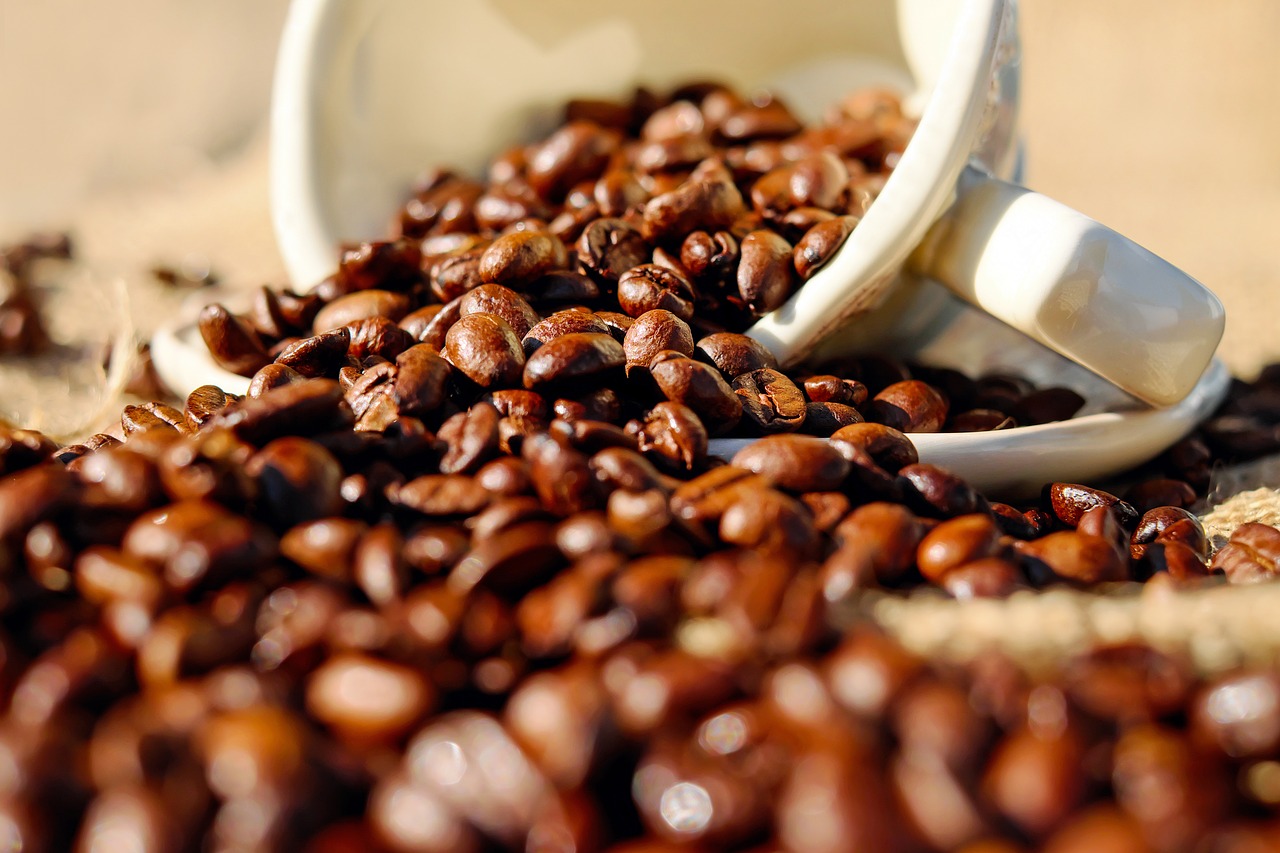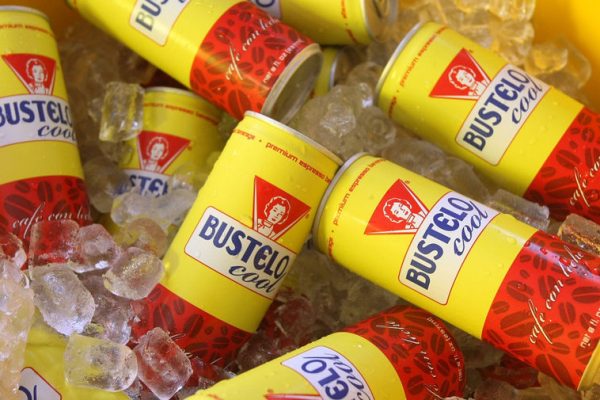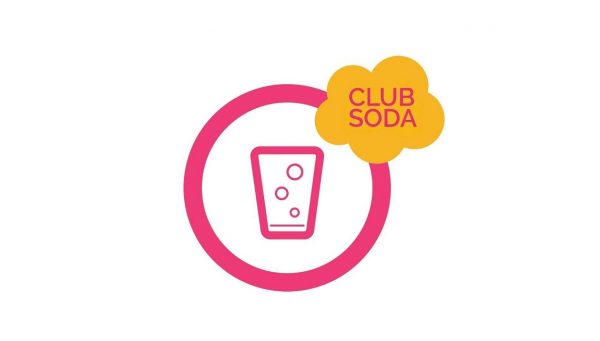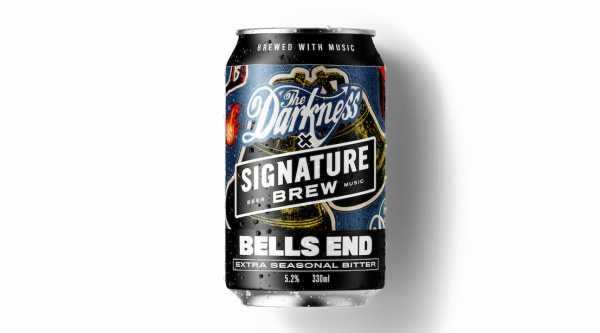How To
Coffee Market Analysis: Who Consumes the Most Coffee?
 Coffee is one drink that has been a basic part of food fare all over the world. It is one of the most profitable products in the food industry. The past years have seen some dramatic changes in the way coffee is marketed to consumers. It is imperative for its stakeholders to stay ahead with emerging trends to remain viable in the coffee industry.
Coffee is one drink that has been a basic part of food fare all over the world. It is one of the most profitable products in the food industry. The past years have seen some dramatic changes in the way coffee is marketed to consumers. It is imperative for its stakeholders to stay ahead with emerging trends to remain viable in the coffee industry.
Trends in the Coffee Industry
There is an emerging trend in the industry of offering consumers greater varieties of coffee drinks. It seems that coffee drinkers are now open to new coffee tastes. In most coffee shops today, it is not unusual to find different selections of coffee drinks.
They range from coffee shakes to classic coffee, to iced coffee beverages. For 2020, market analysts predict that there will be coffee specialty drinks that will be introduced to consumers. One of them is non-dairy milk coffee in different varieties.
Various types of coffee drinks have recently influenced coffee trends. Almond milk, soy, and lactose-free coffee have already been accepted by consumers. This year, coconut, cashew, macadamia, pew, rice, and oat milk may get the center of attention as substitutes for creamer and dairy milk.
Another coffee trend to watch this year is the promotion of healthy coffee alternatives. Going with the healthy trend and more holistic practices, 2020 will see coffee shops offering coffee with collagen creamers, maca lattes, and mushroom coffee. The tack is: they will not only boost energy, but will improve immunity as well.
Coffee Consumption and Production Statistics
In the fiscal year of 2017/2018, coffee consumption statistics of 60 kilogram bags in the United States was 25.84 million. Consumption of 60 kg coffee bags increased in the following fiscal year 2018/2019 at 26.5 million.
One of the largest coffee producers in the world is South America. More than 81 million 60 kg of coffee bags in the world came from this continent. The majority of these coffee bags came from Brazil.
Moreover, the total production of coffee around the world has reached 158.56 million 60 kg bags in the fiscal year of 2017/2018. A survey conducted in 2018 revealed that the most used coffee preparation methods were single-cup brewers and drip coffee. The survey also showed that although drip coffee is still common, its popularity has waned over the years.
Which Countries Drink the Most Coffee?
While American consumers drink a lot of coffee, they are only ranked 26th among the largest coffee drinking consumers in the world. Even lower is the United Kingdom which is on the 45th rank.
Taking the coveted first place is Finland. Coffee consumption statistics show that the Finns grinded their coffee on their way to the top at the tune of 12 kg. per capita per year. The stats also showed that her Northern European neighbors are hard on her heels in taking up their top ten positions.
These countries are Norway, Iceland, Denmark, and the Netherlands, in that order. Some observers believe that it must be their long winters that induced these Northern Europeans to drink more coffee than any other nation in the world.
The top ten coffee drinking nations in the world and their per person per year consumption are the following:
- Finland – 12 kg per person per year
- Norway – 9.9 kg
- Iceland – 9 kg
- Denmark – 8.7 kg
- Netherlands – 8.4 kg
- Sweden – 8.2 kg
- Switzerland – 7.9 kg
- Belgium – 6.8 kg
- Luxembourg – 6.5 kg
- Canada – 6.2 kg
 Global Companies that Dominate the Coffee Industry
Global Companies that Dominate the Coffee Industry
The coffee industry is not only composed of the coffee planters and processors. It includes distributors, wholesalers and retailers. You could say that this industry is a multi-layer and complex industry. That said, the biggest players in the industry include Brands International, JM Smucker Co., Starbucks Corp., and a few more.
This industry could be considered somewhere in between the sectors of consumer staples and consumer discretionary. The top three coffee companies that are regarded as the best selling stocks are JM Smucker Co., Restaurant Brands International Inc., and Dunkin’ Brands Group Inc.
Starbucks got the number one position as the coffee stock with the most momentum. Coffee consumption statistics revealed that in the quarter ending Sept. 29, 2019, Starbucks realized a 14 percent increase in quarterly dividends to $0.41.
How Top Coffee Companies Promote Their Products
Cosca Coffee is one of the top coffee companies in the world. We can get a glimpse of how top coffee companies are promoting their products by the way Cosca Coffee is promoting its coffee products to consumers.
Basically, Cosca promotes its coffee brand by offering its main product in what is called a marketing mix. There are a lot of flavors and variants of Cosca Coffee. The most popular are Espresso, Americano, Latte, Mocha and Flat White.
This coffee company also sells its products to caterers and businesses by selling vending machines to universities and schools and corporate customers using the Costa Express brand name.
New Ideas to Successfully Fight Competitors
One of the ways by which coffee companies fight their competitors is by thinking creative ways to promote their coffee products. Some coffee companies have adapted the following creative marketing strategies to promote their coffee brands:
- Print and media advertisements to create brand awareness
- Offering free cups of coffee on the opening day of the company’s coffee shop to enable customers to taste their different coffee variants.
- Offering free cups of coffee on special days to experience the ambiance of the coffee shop
- Online marketing through social media posts and online ads









